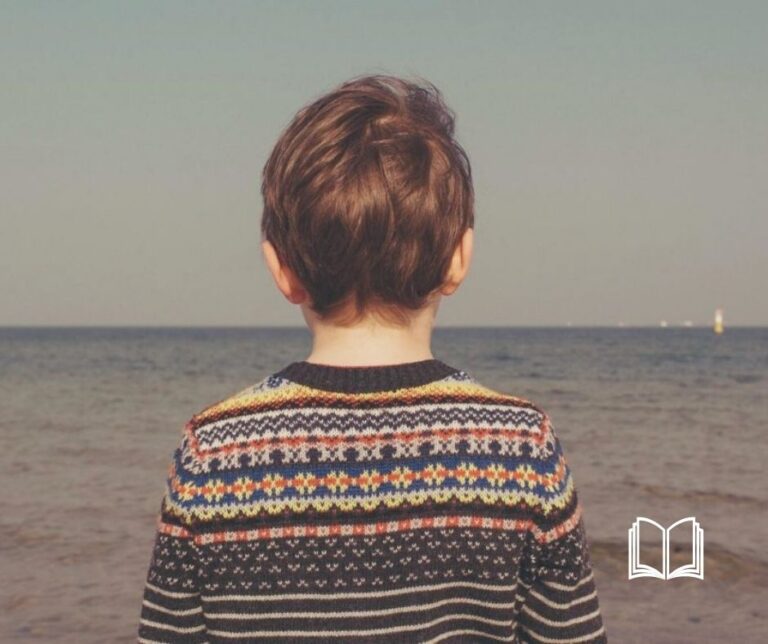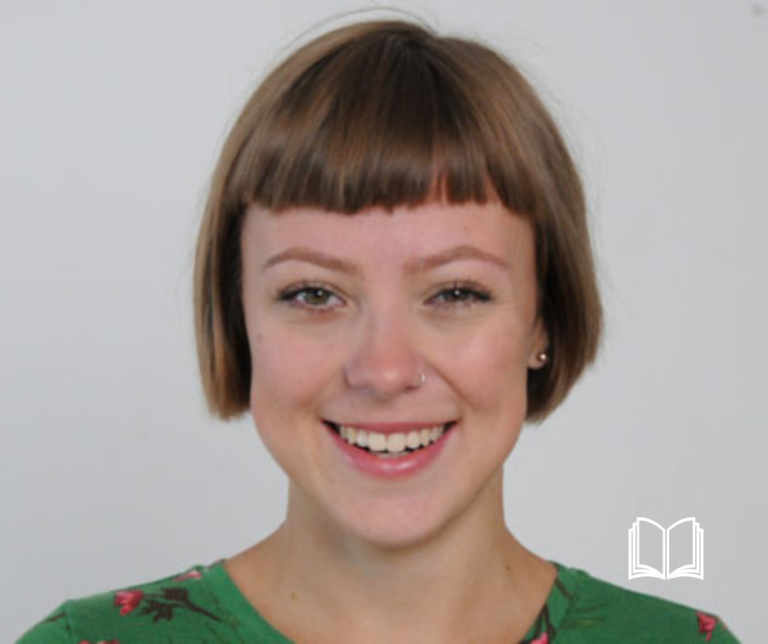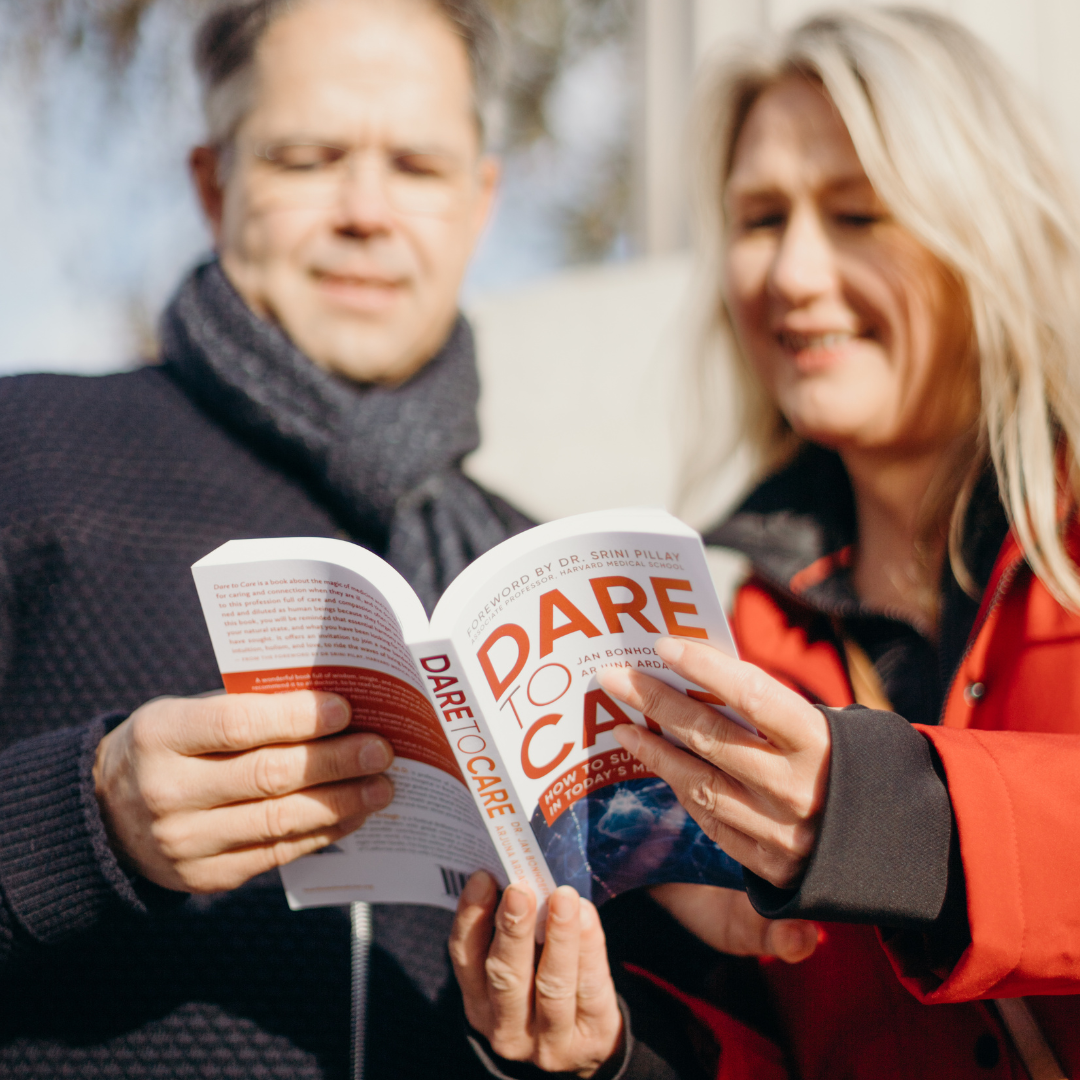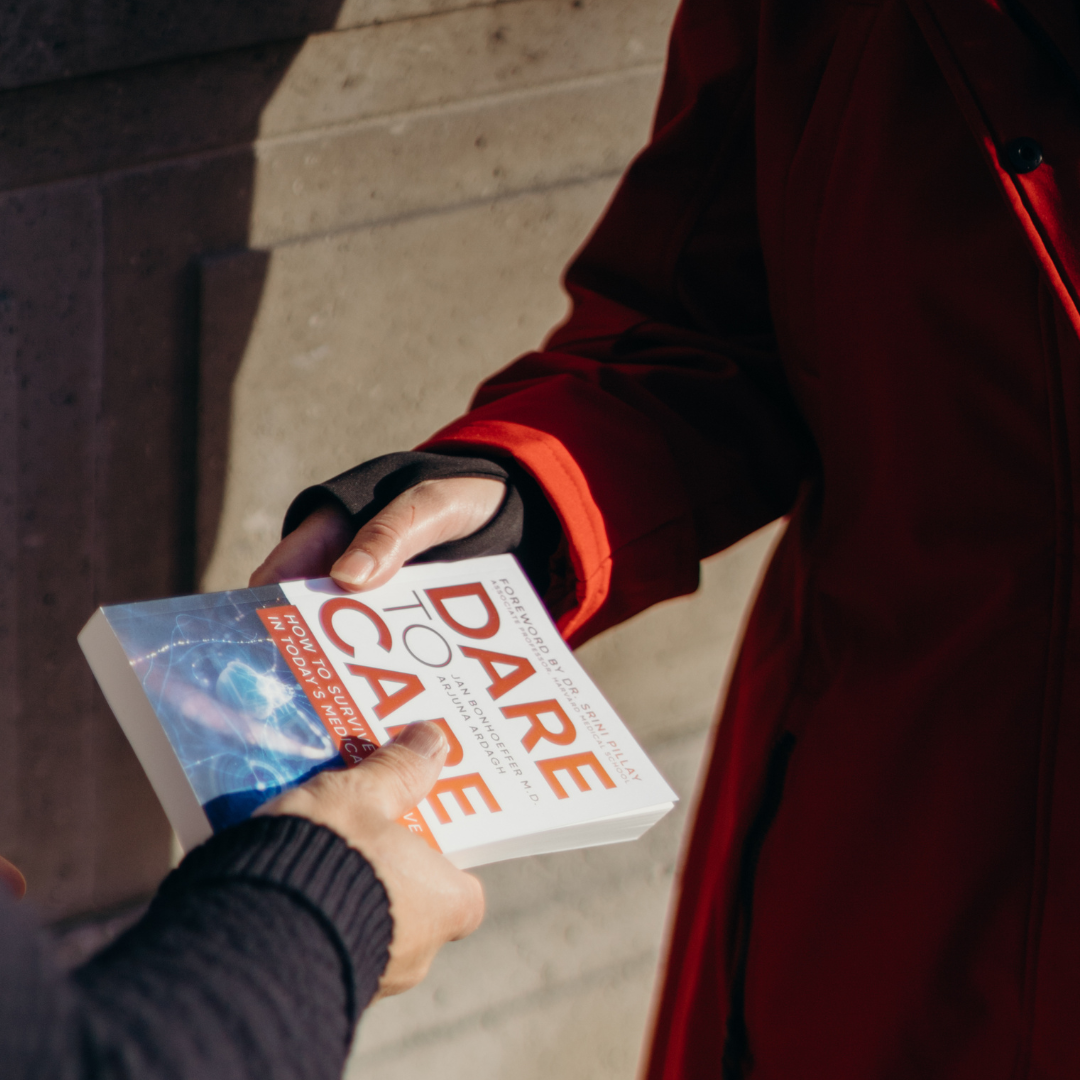Caroline, the lead nurse on Ward B speaks with some urgency:
‘Dr Bonhoeffer, I need you in B21 please. We have a nine-month old baby girl in respiratory failure. Her name is Jasmina. She weighs about five kilos, has a heart rate of 180 and a respiration rate of 80 per minute.’
As I make my way along the sand-coloured hospital corridor, past two empty beds and a steel breakfast trolley, I notice the commotion building steadily through the half-open doors of Ward B. Four nurses and the resident are clustered around the child, her mother at her bedside. While I sanitize my hands before entering the room, I collect my thoughts, recalling what I know about the patient. Not much really; I’ve never met her and know only what I’ve learned at the handover.
Jasmina has SMA Type 1, a genetic disease marked by progressive muscle weakness that only a few survive beyond childhood. Now she has fever and a lung infection with the RS virus. Realising this is going to be a situation where everything is decided in real time, I make sure I’m fully present as I step quietly into the room, closing the door gently behind me.
Striding slowly but purposefully towards the child’s mother, I catch a tiny grunt then a scream from somewhere in the midst of the flock of medics. My eyes scan the monitor: the oxygen levels in the baby’s blood are low and her heart is racing.
‘Good morning Mrs Shah,’ I greet Jasmina’s mother, holding her hand and meeting her worried gaze. ‘Come with me. Let’s take a look at Jasmina and see how we can best help her, okay?’
We continue to hold hands while we observe her baby girl, and I ask everyone except the attending nurse, the resident and the child’s mother to leave.
I gently examine Jasmina while improving her body position, clearing her airways of phlegm with a suction tube, and starting high flow oxygen through a nasal cannula. She seems better immediately, but still struggles to breathe. Little Jasmina is pale, drowsy, irritable and restless.
‘It looks like she can’t get rid of CO2, please check her blood gases … and give her a dose of chloral hydrate to relax her’ I request the nurses. Jasmina meets all the criteria for admission to intensive care, but I haven’t spoken to her mother yet. I sense we’ve been given a moment before rushing her around.
‘Mrs. Shah, please sit down and hold Jasmina gently. It would be good for her to hear your voice.’
Mrs. Shah begins to hum a quiet song while caressing her baby and holding her close. After a few minutes, they both seem visibly more relaxed.
The emergency frenzy in the room is gone.
Grateful for the quiet gap that gives me a chance to talk to Mrs. Shah and build an alliance with her before we address Jasmina’s impending respiratory failure, I move to the other side of the baby cot and rest my hand on Jasmina’s hot head. She is sweating and breathing with the best of her abilities, yet her underlying muscle disease doesn’t allow her to breathe fully, nor to cough up the phlegm.
‘How do you see Jasmina’s condition?’ I ask gently.
‘I am afraid, she’s dying isn’t she?’ Mrs. Shah whispers.
‘We don’t know for sure Mrs Shah, but she’s certainly not well and needs a lot of support to stay alive, if that’s possible. We think it’s best if Jasmina doesn’t receive mechanical ventilation or any other intensive care measures that would extend her life artificially. How do you feel about that decision?’
Mrs Shah looks at me with her clear brown eyes and we hold our gaze for a few minutes. I am open to any possible answer. With a deep breath, she relaxes, looks across at Jasmina and speaks in a gentle but grounded voice: ‘She will guide us.’
‘Yes, she will guide us.’ I acquiesce.
We agree to quench her thirst, to give her as much oxygen as she needs, to keep her pain-free and reduce the fear often connected with breathing difficulty. However, we also agree not to admit her to the intensive care unit. Our decision is to support and comfort Jasmina whether she is able to pull through this with her own strength or chooses to leave her body.
I request the nurse to block the second bed in the room for new admissions and to bring two adult beds so that we can create a space for mother, father and child to be close together. We stock up with cushions, warm blankets, swabs to moisten Jasmina’s lips and a supply of intravenous fluid and medication.
I also invite Mrs Shah to call her husband to the hospital. She asks him to bring a candle – strictly against hospital policy – but I don’t object. The nurse understands our intention and covers the neon bedside light with Mrs Shah’s silk shawl, lending the room more intimacy. The windows are ajar and the room is scented with essential lavender oil and eucalyptus, bringing calm and easing Jasmina’s laboured breathing.
Jasmina responds well to the change of atmosphere.
We form a close circle around the baby. Hardly a word is spoken and gradually one of those mystical moments emerges where everyone seems connected in compassion for Jasmina and as a group. The next few hours are spent providing for Jasmina’s medical needs and supporting each other.
We are totally in sync with each other, merged in an unusually strong field of heartfelt connection.
Increasingly, there are pauses in Jasmina’s breathing. The gaps between breaths get further apart until eventually, after a few hours, she takes her final breath as she rests quietly in her mother’s lap. While we witness Jasmina’s life energy fade, our care for her and deep connection as a group remain strong, and we continue to sit in silence together for at least an hour.
I have seen people of all ages pass away, yet Jasmina’s death stays with me in a special way. Not because of her short time on this earth, but because her transition occurred in the arms of care and compassion, a rare grace for everyone concerned.
Jasmina’s brief visit has changed the lives of everyone in the room. Mrs Shah has since started a foundation named after her daughter (www.jasminasoraya.ch) , created to support parents who are about to lose their children or who have already lost them.
‘I am called to pass this onto others’, she says. Mrs Shah has become pure love, as far as I’m concerned, and I am privileged to serve her organization as a medical advisor and sometimes help support these families.
As I grow in experience, I have learned to recognize those rare moments of heart-connection and make them an active part of the therapeutic alliance with my patients. Sometimes it feels like Jasmina is peeping over my shoulder and whispering in my ear:
‘Let yourself be guided. Remember?’
If you have similar end-of-life experiences to share, we’d love to hear about them.











